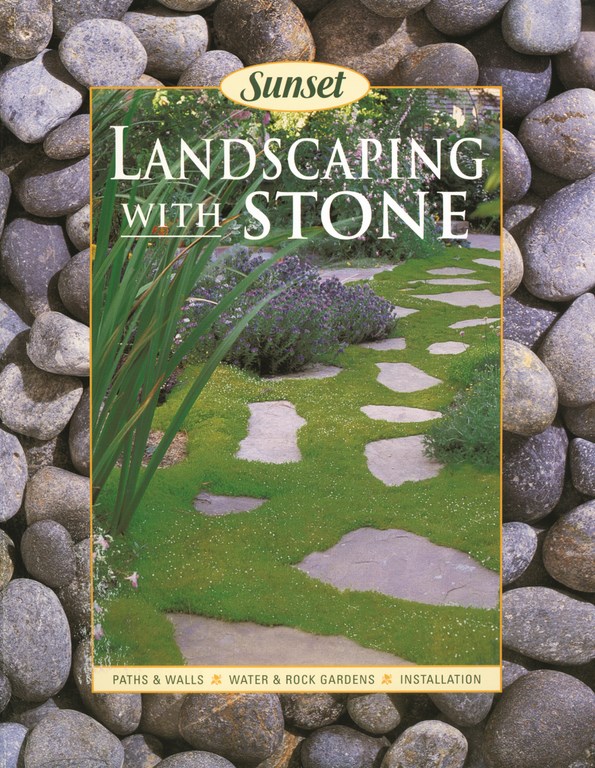Designing with Stone

Whether laid flat, stacked, loose or alone as an accent, stone is an integral part of most garden designs. Whether used in walls, paths or decks and no matter the type, it’s a versatile material and knowing a bit about using it (and how to avoid problems) can be a tremendous help to any landshaper.
These days, stone is quarried and can be moved to where you are from anyplace around the globe, provided your clients are ready to pick up the eye-popping cost of freight. But almost every area also has local sources of supply – a big advantage not only because you and your clients can easily see what you’re getting, but also because local stone tends to fit better into naturalistic landscapes.
Beyond the practicalities of finding and selecting stone, however, is a universe of possibilities that every designer should explore. Not only will stone fit into designs with just about every imaginable style from Japanese gardens to ultra-sleek modern landscapes, but it is also available in a huge and ever-broadening range of colors, textures, configurations and finishes.
Some of the best resources on designing with stone are likely overlooked by most professionals, basically because they’re found in home-improvement centers and appeal most directly to do-it-yourselfers accustomed to picking up books published by Ortho, Better Homes and Gardens and Sunset Books. They are basic; nonetheless, they are a valuable source for designers who need to understand stone.
[ ] Ortho’s “Start-To-Finish” series includes Start-To-Finish Paths and Walkways. Sections on developing base landscape maps or driveway designs and calculating the volumes of both regular and irregular shapes were immediately helpful, as was a chapter devoted to slopes and drainage. Quite directly, details I found here have helped me determine when sloping conditions require steps, when path stones should be slightly tipped to increase drainage and what type of drainage should be installed in a variety of applications. [ ] Better Homes and Gardens’ Stone Landscaping lists various possibilities in the use of stone, beginning with pathways and walls and continuing through entire rock gardens and watergardens. All uses are listed along with brief descriptions of required material characteristics, design limitations, approximate construction-cost levels and installation difficulty. There are also great diagrams illustrating how to install or construct the different stonework elements. [ ] My favorite among the three titles is Sunset Books’ Landscaping with Stone. I appreciate and use technical instructions offered in most reference books, but in this book and a select few others, I also appreciate seeing the finished product in full-color pictures. This book never disappoints: It is filled with photos of various types of stone construction, most showing the stonework used to create certain atmospheres or themes.Landscaping with Stone is also the most adventurous of the three titles: There are visuals of modern pathways with angular patterns and contrasting stone colors – quite out of the ordinary – and the Japanese gardens it includes show not only the simple harmony but also the complicated workmanship and the way each stone is carefully chosen and placed for color, shape and size. There is also a wonderful section on gravel gardens that filled my head with new ideas and approaches.
Often the best sources for design ideas are right there under our noses. That’s where these books all are, no matter where or when you do your shopping.
Marti Linder is CEO of X-terior Art, a landscape-contracting firm in southern California. Her experience in the landscape industry spans more than 25 years, including collaborations with high-end architects, designers and various landscape professionals. She can be reached at [email protected].










